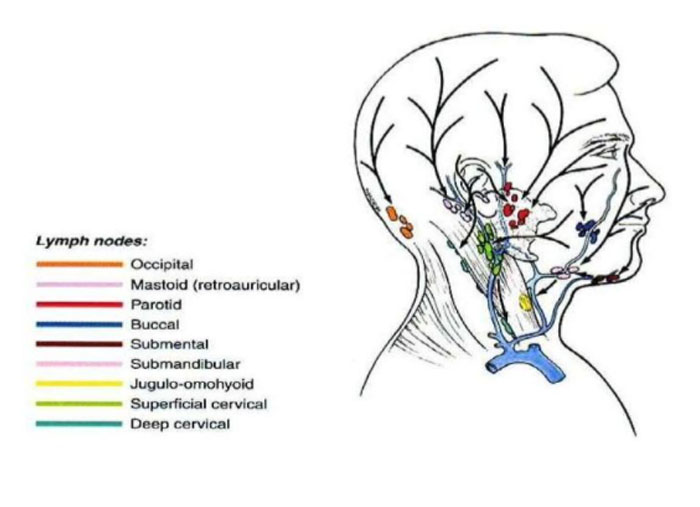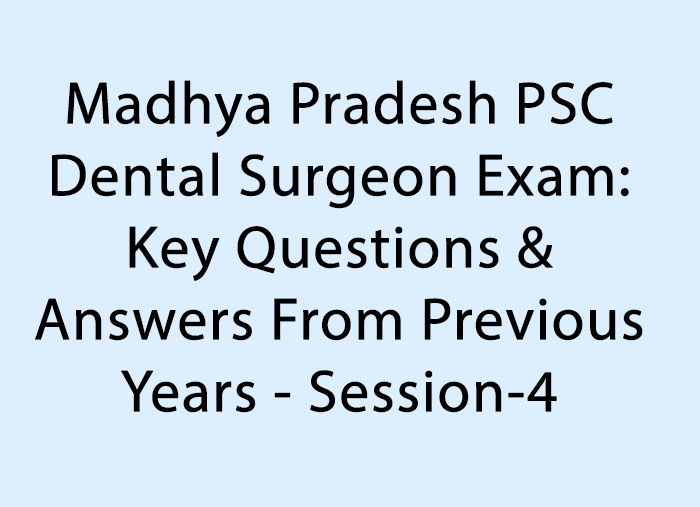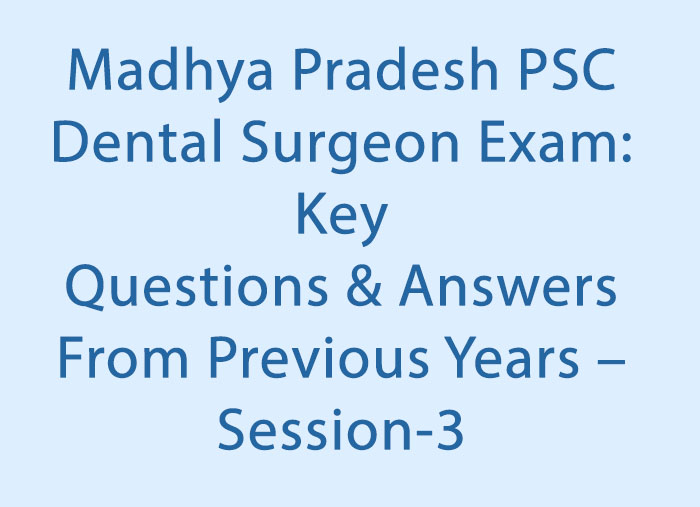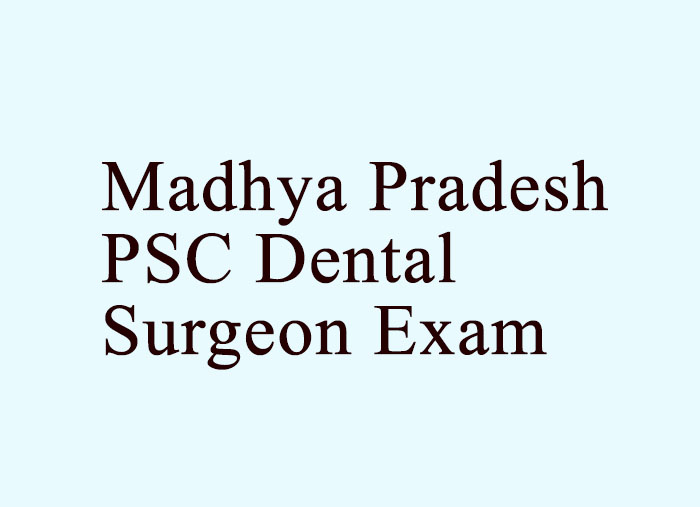- NEED HELP? CALL US NOW
- +919995411505
- [email protected]

1. Most of the movement of scalp occurs between
A) skin and subcutaneous tissue
B) subcutaneous tissue and galea aponeurotica
C) galea aponeurotica and periosteum
D) periosteum and bone
Ans: C
The epicranial aponeurosis is freely movable on the pericranium along with the overlying and adherent skin and fascia
2. The wounds of the scalp bleed continuously because
A) scalp is highly vascular
B) Blood vesels lie just beneath the skin
C) Wound gape
D) Vessel wall fails to retract
Ans: D
The blood vessels of the scalp are embedded in the dense connective tissue layer and their walls are adherent to its fibrous network. Therefore, when the vessels are torn in an open wound they are unable to retract.
3. Which of the following is true of arterial supply of scalp
A) supplied by branches of int carotid artery only
B) supplied by branches of ext carotid artery only
C) supplied by brabches of both int and ext carotid artery
D) supplied by vertebral artery
Ans: C
4. Collection of fluid deep to the aponeurotic layer of the scalp can extend into the
A) Back of the neck
B) Cheek below the zygomatic arch
C) Eyelids
D) Lower part of the nose
Ans: C
5. Which of the following nerve ascends along with occipital artery in the scalp
A) Greater occipital
B) Lesser occipital
C) Third occipital
D) Suboccipital
Ans: A
6. Fascial muscles are derived from which brancial arch
A) 1st
B) 2nd
C) 3rd
D) 4th
Ans: B
1st arch- Muscles of mastication, Tensor tympani, Tensor palati, Mylohyoid, Anterior belly of digastric
2nd arch – Muscles of face, platysma, stapedius, stylohyoid, Auricular muscle, post belly of digastric
3rd arch- stylopharyngeus
4th arch -muscles of pharynx, soft
6th arch – muscles of larynx except cricothyroid
7. Which one of the following is deep vein of face
A) Occipital
B) Facial
C) Angular
D) Maxillary
Ans: D
Retromandibular vein is formed by the union of superficial temporal vein and maxillary vein
8. The lower 1/3 rd of pinna is supplied by
A) Auriculotemporal nerve
B) Greater auricular nerve
C) Lesser occipital nerve
D) Vagus nerve
Ans: B
Greater auricular nerve supplies lower 1/3 of pinna
Auriculotemporal nerve supplies upper 2/3rd of lateral surface of pinna
Lesser occipital supplies upper 2/3rd of medial surface of pinna
Facial nerve supplies muscles of pinna
9. Which one of the following muscle is supplied through facial nerve
A) Masseter
B) Tensor veli palatine
C) Lateral pterygoid
D) Buccinator
Ans: D
Buccal branch of facial nerve supplies Buccinator where as the muscles of mastication are supplied by Mandibular nerve
10. In facial palsy the muscle which is paralysed is
A) Levator palpebrae superiosis
B) Orbicularis oculi
C) Constrictor pupili
D) Dilator pupili




